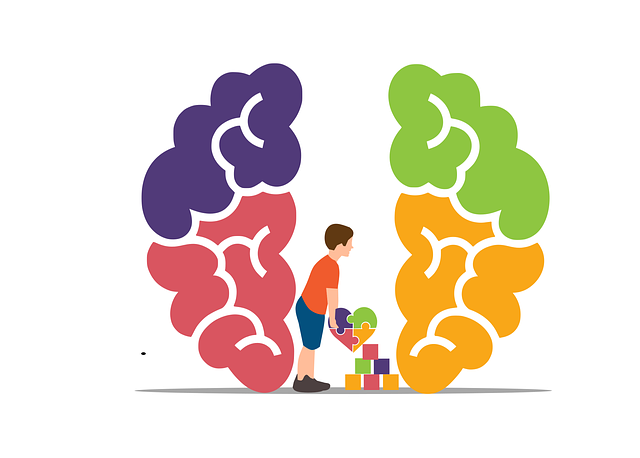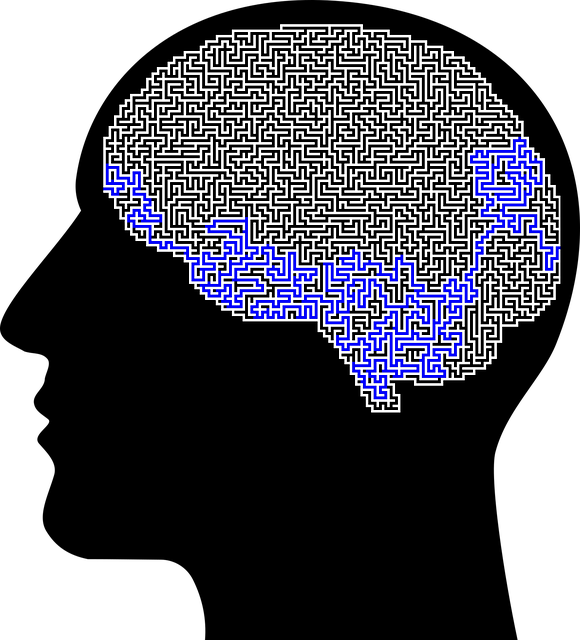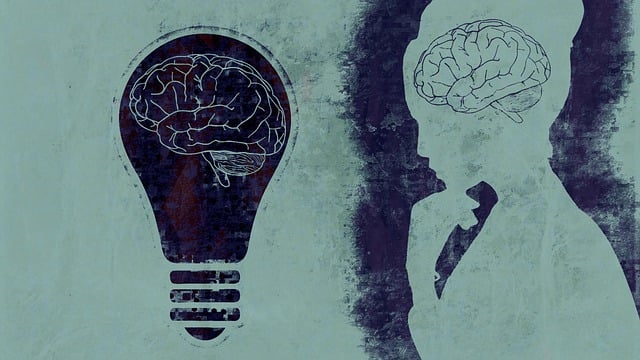Mindfulness meditation is a game-changer in Castle Rock Eating Disorders Therapy, offering individuals a safe space for emotional healing and present-moment awareness. By cultivating non-judgmental observation of thoughts and sensations, it promotes emotional intelligence, breaks unhealthy cycles, and enhances self-esteem. Setting up a dedicated mindfulness meditation corner at home resembles building an inner Castle Rock, providing a retreat from daily chaos to develop coping skills and mental wellness. Regular practice can prevent depression and reduce rumination, making mindfulness a vital tool in eating disorders therapy and trauma support.
Discover the transformative power of mindfulness meditation for eating disorders recovery. This comprehensive guide explores how cultivating present-moment awareness can support your journey towards a healthier relationship with food and body. Learn how to establish a serene ‘Castle Rock’—your dedicated meditative space—to foster focus and calmness. Uncover practical techniques and insights to enhance your practice, making mindfulness an accessible tool for navigating the challenges of eating disorders therapy.
- Understanding Mindfulness Meditation for Eating Disorders Recovery
- Setting Up a Meditative Space: Creating Your Castle Rock
- Techniques and Tips for Effective Mindfulness Practice
Understanding Mindfulness Meditation for Eating Disorders Recovery

Mindfulness meditation is an increasingly recognized tool in the realm of eating disorders recovery. It offers a method to cultivate present-moment awareness, which can be transformative for individuals navigating Castle Rock Eating Disorders Therapy. By focusing on non-judgmental observation of thoughts and sensations related to food, body image, and emotions, mindfulness practices help break the cycle of unhealthy eating patterns and distorted self-perception. This form of therapy promotes emotional intelligence, enabling individuals to understand and regulate their feelings more effectively.
Incorporating cultural sensitivity in mental healthcare practice is essential when introducing mindfulness for eating disorders. Recognizing and respecting diverse cultural perspectives on food, body, and healing ensures that meditation practices are inclusive and accessible. Moreover, a thorough risk assessment for mental health professionals is crucial to ensure the safe implementation of mindfulness techniques, especially considering potential triggers or past traumatic experiences related to eating disorders.
Setting Up a Meditative Space: Creating Your Castle Rock

Creating a dedicated space for mindfulness meditation is akin to building your Castle Rock—a safe haven where you can find emotional regulation and mental wellness. This sacred area, free from distractions, should reflect your personal preferences and promote a sense of calm. Start by identifying a quiet corner in your home, perhaps a cozy corner of your bedroom or a peaceful nook in the living room. Transform this space with soft lighting, comfortable seating, and elements that resonate with you—a cherished plant, a favorite artwork, or even a calming scent.
Imagine this sanctuary as your retreat, where you can escape the chaos and develop coping skills through mindful practices. Just as a castle stands strong against the outside world, your Castle Rock meditation space will serve as an inner fortress, enabling you to explore and enhance mental wellness, especially beneficial for those navigating eating disorders or seeking therapy. Remember, the process of setting up this space is therapeutic in itself, allowing you to prioritize self-care and cultivate resilience.
Techniques and Tips for Effective Mindfulness Practice

Mindfulness meditation is a powerful tool for enhancing mental well-being and can be particularly beneficial for individuals seeking Castle Rock eating disorders therapy or trauma support services. The practice involves training your attention and awareness to the present moment, cultivating a sense of calm and clarity. One effective technique is focusing on your breath – simply observe the sensation of air flowing in and out without judgment. This anchors you in the here and now, fostering a deep connection with your body.
Additionally, mindfulness encourages non-judgmental acceptance of thoughts and emotions. When a thought arises, acknowledge it without getting caught up in its narrative. Treat it like passing cloud – observe, label it if needed, then gently let it drift away. Regular practice can lead to significant self-esteem improvement by fostering a kinder inner dialogue. Moreover, mindfulness meditation has been shown to aid in depression prevention by promoting emotional regulation and reducing rumination.
Mindfulness meditation, when practiced consistently in a dedicated space like your very own Castle Rock, can be a powerful tool in recovering from eating disorders. By understanding its benefits and employing effective techniques, you can navigate the journey of healing with greater awareness and balance. Remember, creating a soothing meditative environment is key, just as mindful eating involves attending to physical and emotional cues without judgment. Embrace these practices as part of your Castle Rock Eating Disorders Therapy and watch as they cultivate peace and harmony within.













